{ ENGLISH BELOW }
No existe una receta mágica para iniciar un proyecto y tener éxito. Muchas veces las cosas suceden por azar y acaban transformando nuestra vida de una manera que nunca habríamos imaginado. Pero entonces ya no estamos a tiempo de rectificar porque todo a nuestro alrededor ha cambiado y nosotros ya no somos los mismos que empezamos ese sueño. Cosas del destino debe pensar Ryan Russell, un fotógrafo de rock que decidió inmortalizar en imágenes el viaje desde su ciudad natal en Alabama (en el profundo sur de los Estados Unidos) hasta instalarse definitivamente en Bellingham (una ciudad costera en el otro extremo del país) y publicar un libro, “Continental Obscura”, sobre esa experiencia única. Se trata de un recorrido por carreteras secundarias y autopistas en pleno desierto que lo llevó a conocer los grandes contrastes de un país que ha permanecido anclado en el tiempo, a pesar de la imagen de modernidad que nos enseñan cada día los informativos de los canales de televisión. Pero no solamente se trata de un viaje geográfico de proporciones épicas, sino que también es una exaltación de los iconos pop que han marcado nuestra infancia y una despedida personal e intransferible de todo aquello que ha sido tu realidad durante décadas. Puede que no sea un adiós definitivo, sino un hasta luego, pero eso solamente lo sabe el camino que emprendes y las fotografías que sobreviven al llegar a tu meta. Evidentemente, lo mejor es que el propio Ryan Russel nos cuente la experiencia de esos 8 días en coche que ahora se han convertido en un libro de viajes imprescindible.

Remontémonos a los inicios de tu carrera: ¿Cuándo empezaste a hacer fotos y decidiste que querías que esa afición se convirtiera en tu forma de vida? Es bastante obvio que la música tuvo mucho peso en aquellos primeros días…
Empecé a hacer fotos en el año 2000 y la música era la mayor parte de todo lo que hacía. Yo me dedicaba a diseñar webs y entonces hice una para una banda local de Birmingham (Alabama) que se llamaba Haste. Una vez terminé el encargo, nos dimos cuenta de que se necesitaban muchas más fotos para colgar en la web a modo de contenido, así que decidí coger prestada una cámara y hacer fotos solamente en los conciertos de Haste. Lo que sucedió fue que acabé enamorado de la fotografía y mi carrera empezó gracias a esa casualidad.
Antes de trasladarte a Bellingham y de publicar tu libro, ya habías viajado mucho junto a varias bandas que estaban de gira por Norteamérica. ¿Qué aprendiste de todas esas experiencias? ¿Cómo es la vida de un fotógrafo de rock en la carretera?
Salir de gira con bandas de rock fue lo que realmente me ayudó a aprender a utilizar de manera eficiente los recursos que tenía en mi entorno. Desde planear la logística de una sesión o, simplemente, cómo llegar del punto A al punto B en un viaje sin perdernos. La parte más importante para sobrevivir estando de gira es aprender a manejar tus recursos.
Este libro que acabas de presentar es un proyecto muy distinto a tus trabajos anteriores. ¿Por qué decidiste documentar tu viaje personal? ¿Cuál era el objetivo al empezar??
Al día siguiente de tomar la decisión de trasladarme a Bellingham (Washington), fue cuando pensé que sería genial hacer un libro que documentara ese viaje. Sabía que pararía a fotografiar diversos lugares durante la ruta por carretera, simplemente para mi propio interés. Además, he trabajado en muchos proyectos para clientes y bandas documentando sus vidas, así que pensé que sería interesante embarcarme en un proyecto en el que reflejara un momento especial de mi propia vida. En los dos últimos años me he sumergido mucho en la fotografía de viajes y de paisaje, así que era la oportunidad perfecta para centrarme en esa faceta de mi trabajo.
Después de mirar el libro me quedó una sonrisa de complicidad porque el viaje está salpicado por decenas de referencias pop. Y, por encima de todo, se nota tu pasión por visitar lugares donde se rodaron películas legendarias, como “El Resplandor” de Kubrick…
Fue una experiencia surrealista estar en el Stanley Hotel que inspiró la novela, pero también fue decepcionante ver el Timberline Lodge. El hotel contaba perfectamente esa historia y podías hacer un tour en el que te explicaban cómo su embrujo fue lo que inspiró a Stephen King para escribir “El Resplandor”. Por otro lado, el Timberline, que se usó como escenario para las escenas exteriores del hotel en la película, estaba lleno de gente y con algunos huéspedes muy ricos, por eso se ha convertido en un famoso resort para esquiadores que no están interesados por la historia del lugar.

Me gustaría preguntarte por dos lugares que me han impresionado mucho. El primero es la plaza dedicada a Superman en Metropolis (IL). ¿Qué nos puedes contar sobre ella?
¡Fue increíble! Ese pueblo ha convertido una de sus plazas en un santuario dedicado a Superman y lo ha decorado todo con objetos muy kitsch relacionados con ese superhéroe de cómic para que la gente se haga fotos. Además, allí también puedes visitar un museo en el que cuentan la historia de ese personaje de manera muy precisa y tienen todo tipo de objetos relacionados con él, los cómics y las películas.
El otro es el pueblo fantasma de Sego (UT). ¿Cómo localizaste ese lugar anclado en el tiempo? ¿Qué sensaciones tuviste al retratar ese sitio tan remoto?
Se puede llegar a ese pueblo si recorres una serie de viejas carreteras muy polvorientas y es, sin duda, uno de los lugares más pintorescos que he visitado en mi vida. El hecho de que esté aislado del resto del mundo y mantenga la mística propia de los viejos poblados mineros hace que sea un escenario único, aunque debo reconocer que nos pasamos todo el tiempo mirando por encima del hombro por si aparecían ocupas o cualquier otro tipo de gente loca.

Gracias a tus fotos queda claro que los Estados Unidos es un país de grandes, porque puedes pasar del desierto a las montañas nevadas o al lago de sal de Bonneville. ¿Has descubierto alguna parte del país que no supieras que existía?
Estoy completamente de acuerdo contigo y el título del libro es una referencia a esos grandes contrastes, usando el concepto de la cámara oscura fotográfica. Sabía que viajaría hasta el otro lado del país y que tendría la oportunidad de ver todo lo que hay en medio. El desierto de sal de Bonneville era algo que siempre había querido ver con mis propios ojos y planifiqué la ruta por carretera del día 8 para llegar hasta allí. Otro lugar que fotografié para la segunda parte del libro que se centra en mis primeros meses en Washington se llama Cape Flattery… y no supe de su existencia hasta que me trasladé a vivir a Bellingham. Sin duda, se ha convertido en uno de mis lugares favoritos del libro.
Es asombroso que también haya surfers en lugares gélidos y recónditos como Cape Kiwanda. ¿Te ha tentado alguna vez coger olas con una tabla o recorrer las calles de tu ciudad con un skate?
Cuando era adolescente me encantaba el skate. Era muy malo con la tabla, pero me encantaba la cultura que representaba. Incluso diseñé la web para nuestra tienda local en Birmingham, que estuvo abierta desde 1997 hasta 2006. Al principio de mi carrera, la inspiración, el estilo y el aprendizaje siempre surgían a partir de las fotos que veía en las revistas de skate. Además, debo confesarte que siempre he soñado en conocer a Atiba Jefferson en persona.

Puestos a hablar sobre la fotografía del viaje: ¿Recurriste a las mismas técnicas y enfoques que en tus trabajos musicales? Es evidente que sientes predilección tanto para los colores más vivos como para el blanco y negro más granulado…
Desde el año 2000 hasta el 2010 hice todas mis fotos en analógico, pero después ya me pasé al formato digital. Hice aproximadamente la mitad del libro con mi cámara DSLR y la otra mitad simplemente con un iPhone. Soy un tío raro e, incluso cuando utilizo la cámara digital con la idea de hacer fotos en blanco y negro, elijo la opción de hacerlas en blanco y negro directamente. Muchos fotógrafos prefieren utilizar el Photoshop después en su estudio, pero yo tengo establecida una configuración distinta para cada tipo de foto que hago y solamente puedo trabajar de ese modo.

Cada viaje tiene su propia banda sonora y sus leyendas. ¿Qué música sonaba en la radio del coche mientras cruzabas esas carreteras kilométricas? ¿Cuáles fueron las cosas que echaste de menos justo al llegar a tu nuevo hogar?
Escuché mucho a Death Cab For Cutie porque me encanta, además de Joy Division e incluso algunos temas de Michael Jackson. Tengo gustos musicales muy eclécticos, así que cada día preparaba una play-list que se ajustara a los sitios por donde conduciría. Las cosas que añoré más al llegar a Bellingham fueron #1 Las buenas barbacoas y #2 Una luz normal del sol. El frío y la luz del invierno en un lugar tan al norte del país han afectado mucho a mi estado de ánimo.
Después de un largo año en Bellingham, ¿qué proyectos tienes previstos para este 2015 que acabamos de estrenar?
Realmente es mucho más fácil ver conciertos estando aquí porque la mayoría de giras pasan por la ciudad cercana de Seattle, antes que por mi antigua ciudad de Birmingham, así que ha sido complicado mantener una rutina de trabajo normal. Incluso después de terminar el libro, me vi motivado a seguir documentando los lugares que visitaba. Así que he decidido hacer un segundo libro de “Continental Obscura” que ya está en proceso y eso me mantendrá muy ocupado el resto del año, además de seguir con mis encargos musicales.


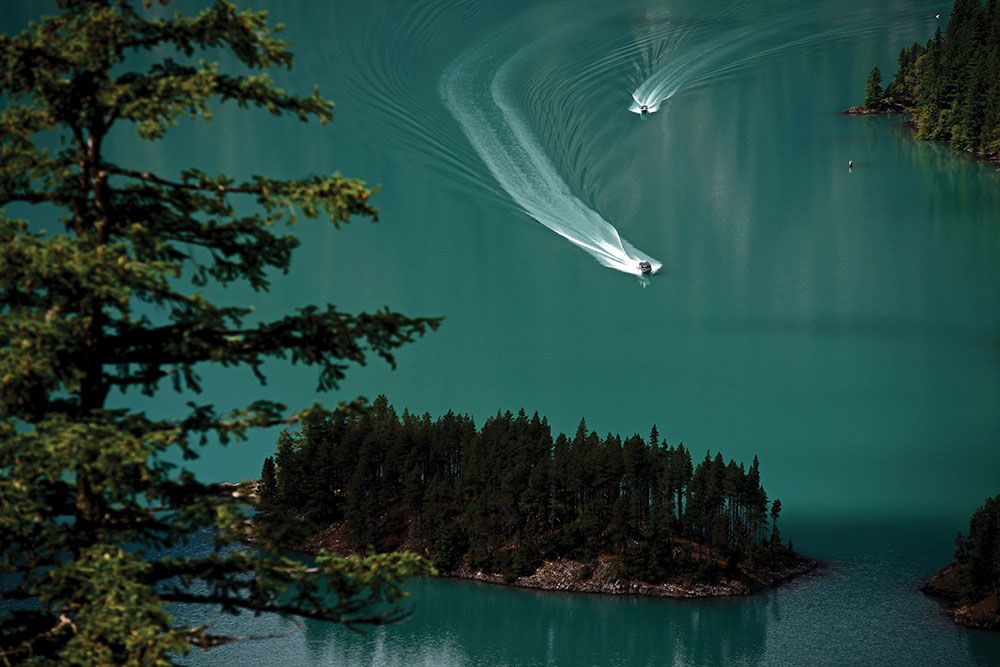


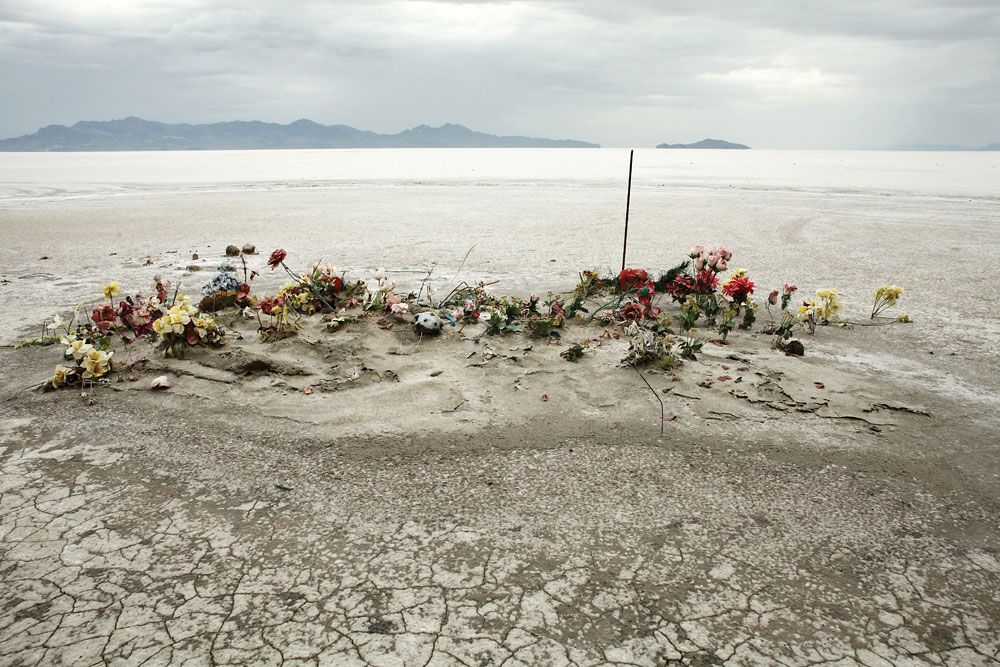



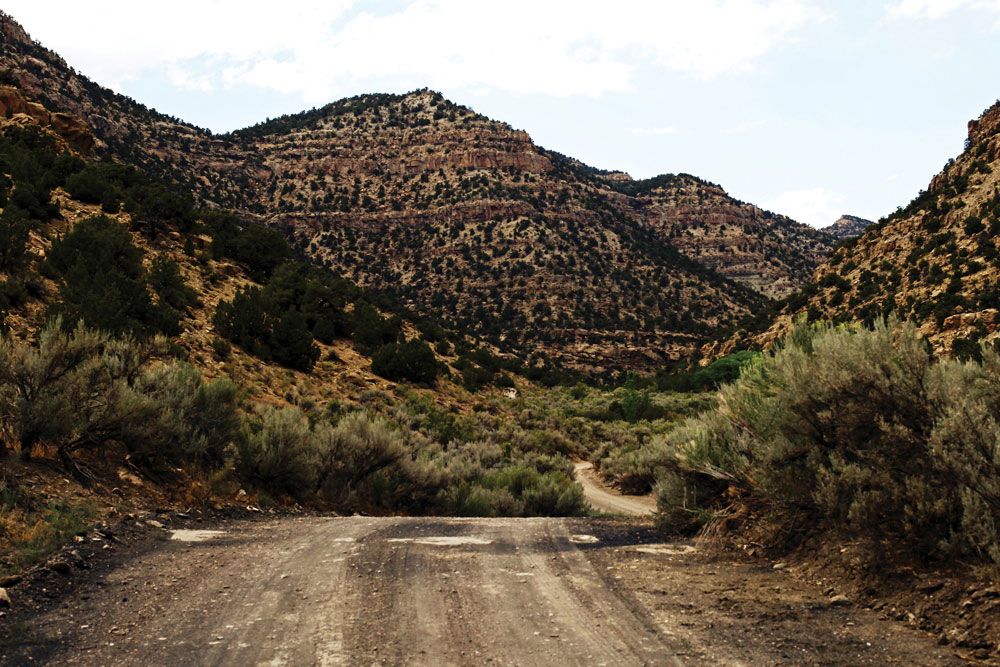
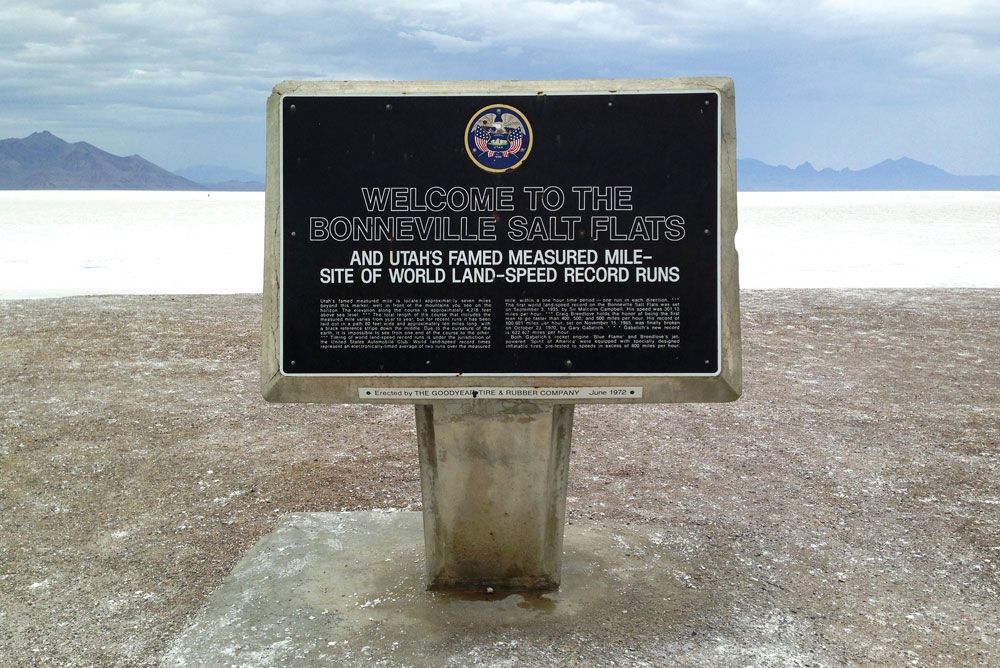
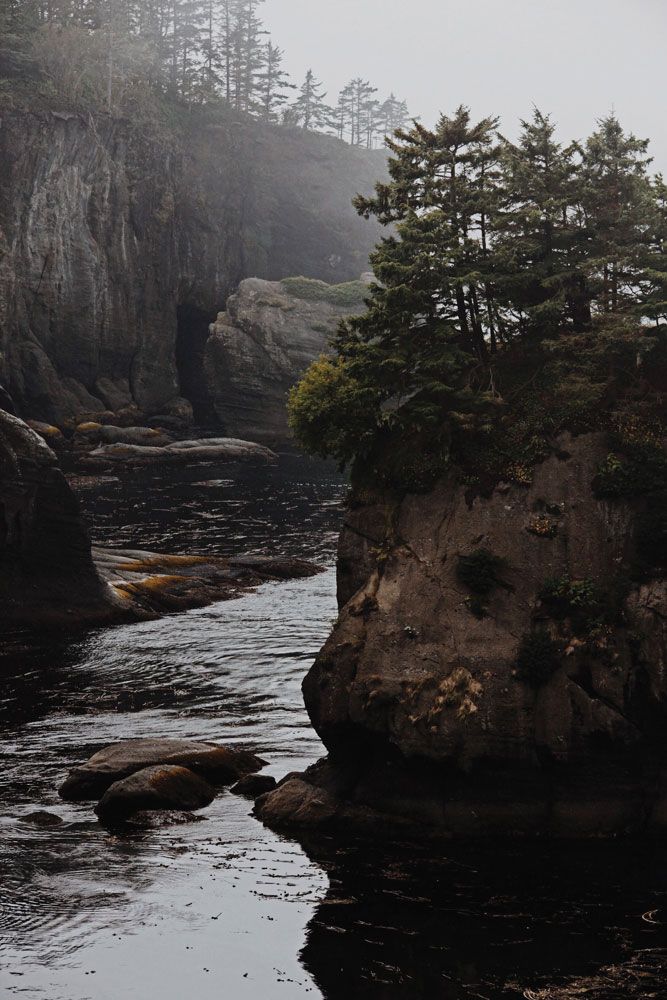

ENGLISH:
RYAN RUSELL.
WHEN THE JOURNEY IS THE DESTINATION
There isn’t any magic recipe to start a successful project. Many times things happen by chance and end up transforming our lives in a way we could have never imagined. But at that point we are not able to change anything, because everything around us is different and we are not the same person who started that dream. Inescapable destiny, as Ryan Russel may think. He is a rock photographer that decided to immortalize in images the journey from his hometown in Alabama (in the deep south of the United States) to Bellingham (a city situated in the other corner of the country) and publish a book about this unique experience. The book tells the story of a tour through B roads and highways in the middle of the dessert that lead him to discover the big contrasts of a country that has stopped in time, despite of the modern image shown on the media. But this isn’t only a geographic journey of epic proportions, but also an exaltation of the pop icons that have marked our childhood, and a personal farewell of everything that belonged to us for the last decades. It might not be a goodbye, but a see you later, but only the way you take and the photographs that survive when you reach the finish line know that. It is best that Ryan Russell tells us himself about those 8 days in the car that have now become an indispensable travel book.
Let’s start this story from the very beginning: when did you start taking photos and decided you wanted to make a living of it? It seems that music was a big part of it…
I started back in 2000, and music was actually a huge part. I used to design websites and I created one for a local band in Birmingham called HASTE. After we completed the site we needed more photos for content and so I decided to get a camera to shoot at strictly HASTE shows. I ended up loving photography and it grew from there.
Before moving to Bellingham and making the book, you had traveled with some bands on tour. What did you learn from those experiences? How is the life of a rock photographer while on tour?
Touring definitely helped me learn about using the resources around you efficiently. Whether it’s planning a photo shoot’s logistics or just how to get from point A to point B, the most important part of touring is learning how to be resourceful.
This project is a big departure of your previous work. Why did you decide to document your personal trip? What was your aim with this project? I am sure you didn’t know it would become a book until much later…
Well, once the decision was made that I was moving to Bellingham, WA I actually decided to do the book the next day. I knew that I would be photographing places along the way just for myself, plus I have worked on so many projects for other clients and bands documenting their lives, I thought it might be cool to create a project that I would document about my own life. In the past couple years I have really gotten into travel and landscape photography so it made for the perfect opportunity to showcase that part of my work.
I really enjoyed the book because it is a road trip with lots of pop culture items in it. And above all, there is your passion to visit places where famous films were made. What did you think of the places related to “The Shining”?
It was surreal being at the Stanley Hotel where the book was based, and kind of a let down at the Timberline Lodge. The Stanley fully embraced their history and had such a rad ghost tour explaining how haunted the hotel was inspiring The Shining to be written. The Timberline, which was used for exterior hotel shots in the movie, was super packed with rich guests and was more interesting in just being a ski resort without embracing that history.
I would like to ask you about two places that really impressed me. The first one is the Superman Square in Metropolis (IL). What a cool and weird venue!! What about it?
It was awesome! The town has fully turned a square into a Superman shrine and has all kind of outdoor kitschy stuff to photograph. Plus the town has an incredible and indepth Superman history and memorabilia museum.
The other is the Ghost Town of Sego (UT). How did you manage to get there? What was your feeling when taking those photos? It is like a glimpse to another time…
It’s accessible through a series of old dirt roads and is one of the sketchiest feeling places I have ever been. The seclusion of the place just added the mystique of the old mining town and we found ourselves constantly looking over our shoulders for squatters and who knows what else.
For a Spaniard like me, it seems that the US is a land of big contrasts, from the desert and the mountains to the Salt Flats of Bonneville. Have you discovered a land that you didn’t know existed this way? Which things impressed you the most during the trip?
Definitely agree, and the title is even a play off those big contrasts using the idea of Camera Obscura. I knew I would be traveling over complete opposites of the country and seeing everything in between. The Salt Flats were the one thing I had always wanted to see in person and routed the 8 day drive specifically to be able to view them. One place I photographed for the second half of the book which focuses on my first few months in Washington, Cape Flattery, was something I had not learned of until moving to Bellingham. It definitely became one of the my favorites from the book as well.
It is amazing that surfers also exist in freezing places like Cape Kiwanda. Have you ever been interested in riding waves with a board or skateboarding?
Growing up I was really into skateboarding, I sucked, but I loved the culture of it. I also did a website for our local shop in Birmingham from 1997 till around 2006. The photographers in skateboarding magazine were the ones I learned my style from starting out. Always dreamed of meeting Atiba Jefferson one day.
Talking about the photos: did you use the same approach as your music work in this project? Why do you change from colour to black and white in some places? Do you shoot in digital or you enjoy the analogical format?
From 2000 to 2010 I shot only analog, but ever since 2010 I’ve gone digital. Half the book was shot with my DSLR, and the other half with just an iPhone. I’m a weirdo and even when using digital I shoot my black and whites in black and white in the camera. A lot of photographers like to photoshop it afterwards but I have a completely different preset system for my black and whites and my color and so they don’t really work without doing it that way.
Every road trip has its own soundtrack. What was the music on the car radio while driving? Any personal favorites from the places you visited? The best music in the world comes from the Deep South where you were born!!
A lot of Death Cab for Cutie, a lot over Into It. Over It., Joy Division and even some Michael Jackson. I’m all over the place with music so I would definitely try and make a playlist each day to fit the mood of where I would be driving.
Being from the South, has it been a big contrast getting used to a new life in the Pacific Northwest? What are the things that you miss the most from your hometown?
Huge change. #1 Good BBQ, #2 Normal Sunlight. The winter being so far north has definitely affected me mood wise and I have to use one of those little sunlights from Nov – Feb.
After one year in Bellingham, have you been busy with your photos? Which are your upcoming projects for 2015?
Definitely, so many more tours come through Seattle than Birmingham it’s been hard to keep up work wise haha. Even after finishing the book I find myself still documenting all the places I visit up here. There’s a volume 2 in the works for Continental Obscura so that will keep me busy later in the year outside my music photography.
www.ryanrussell.net